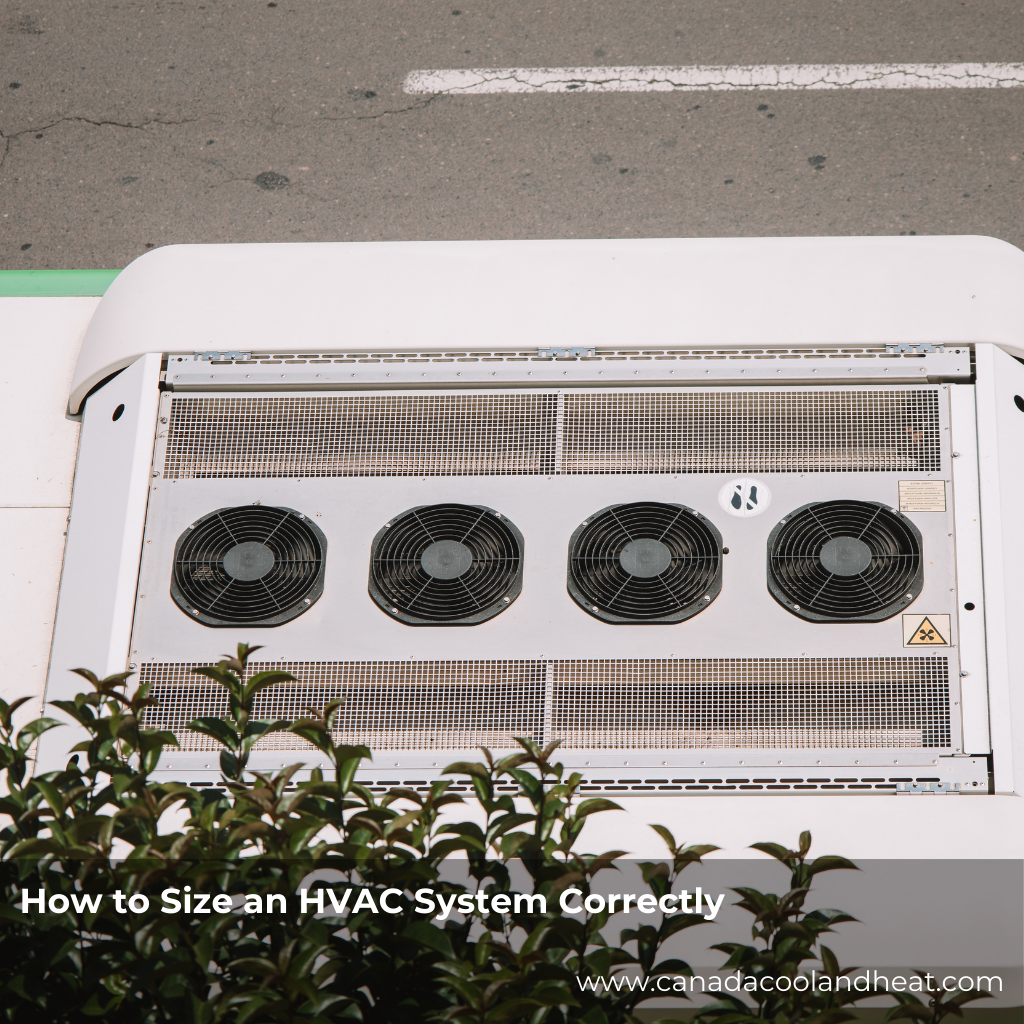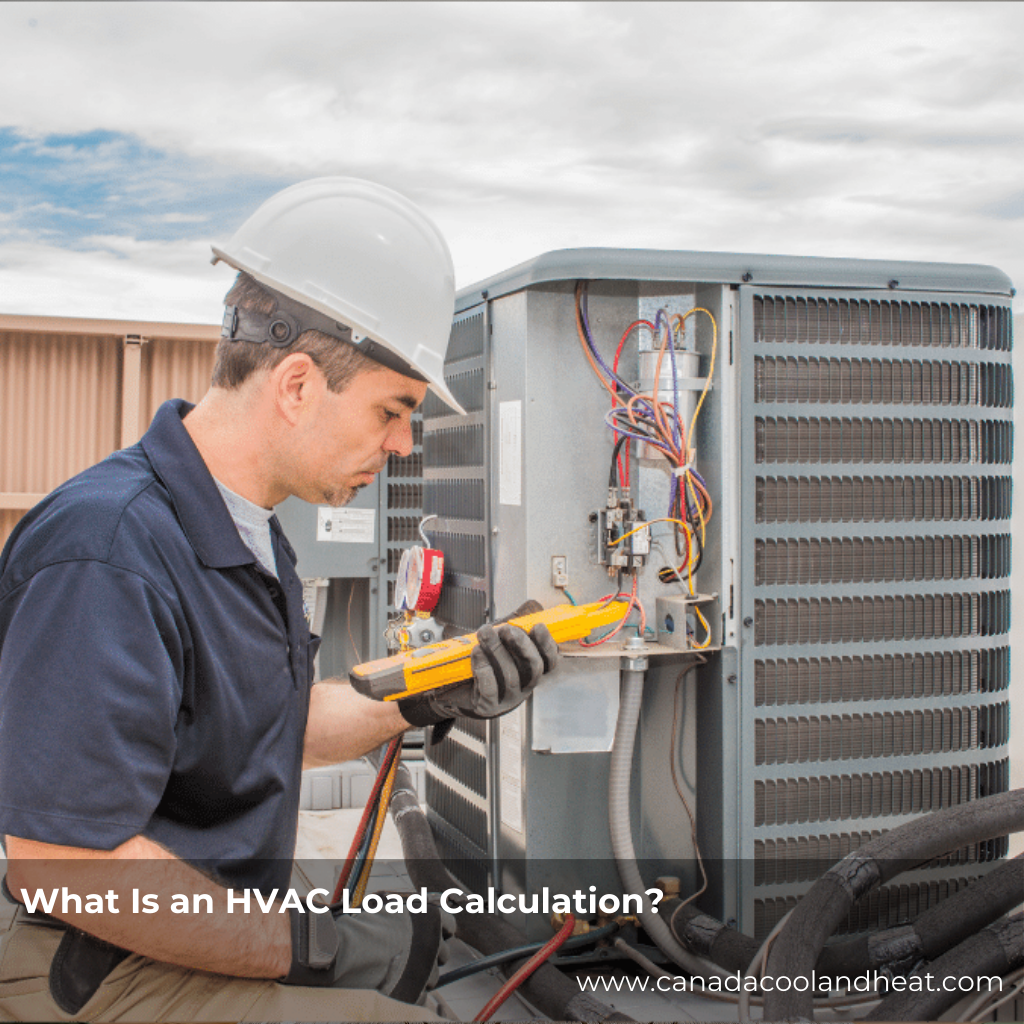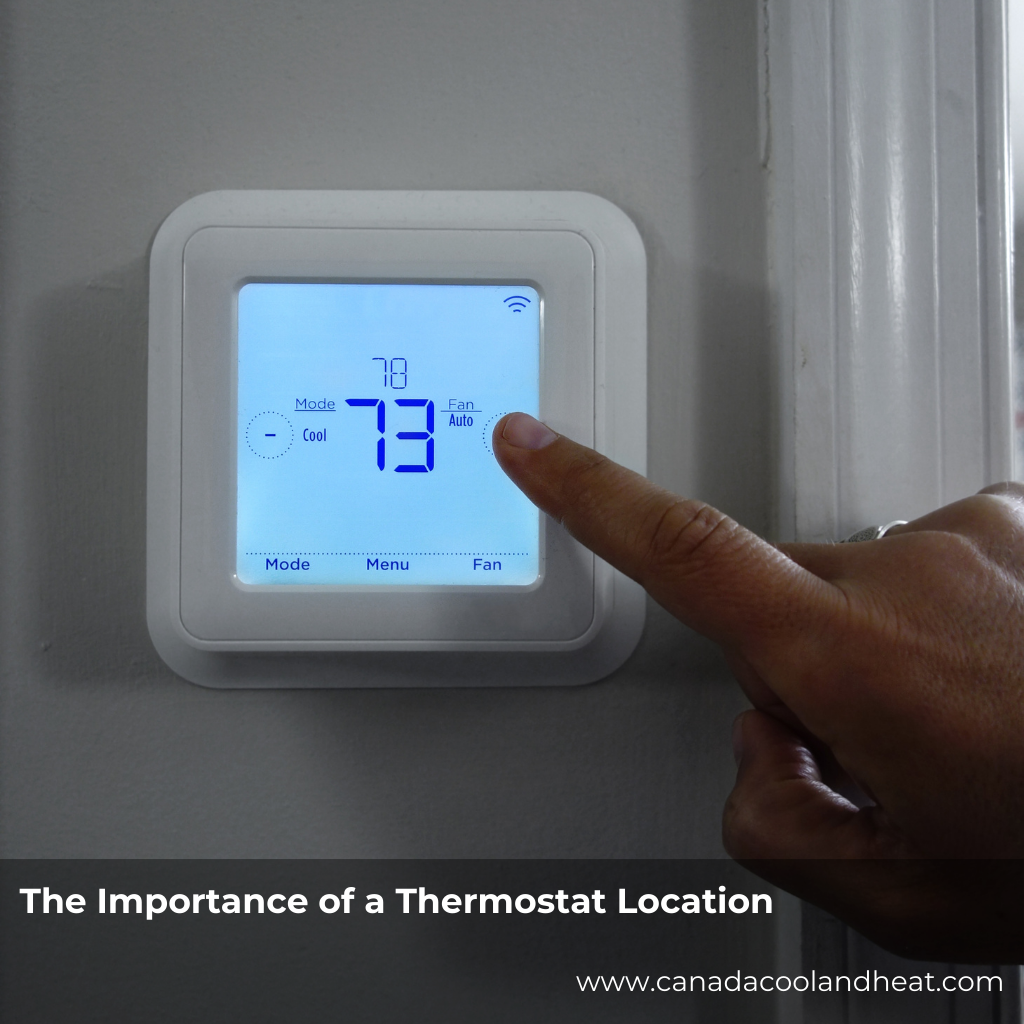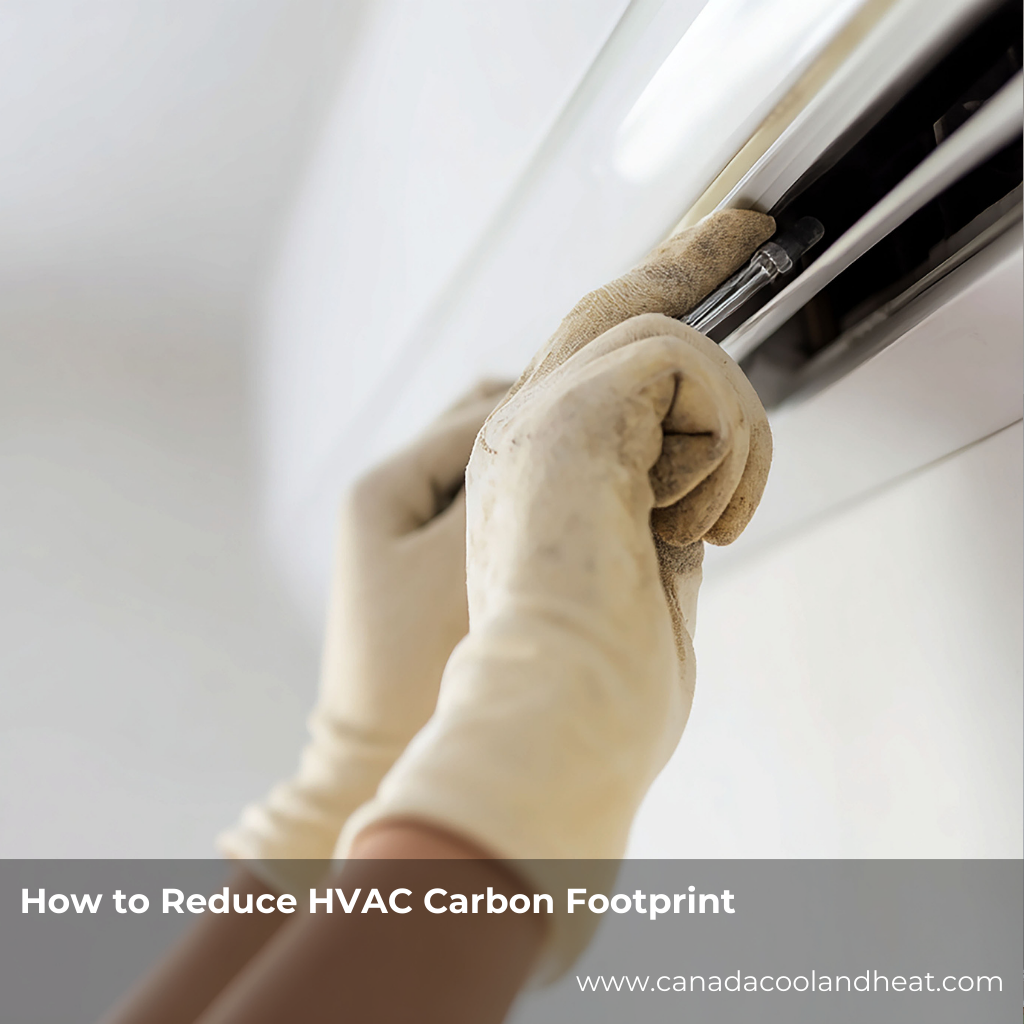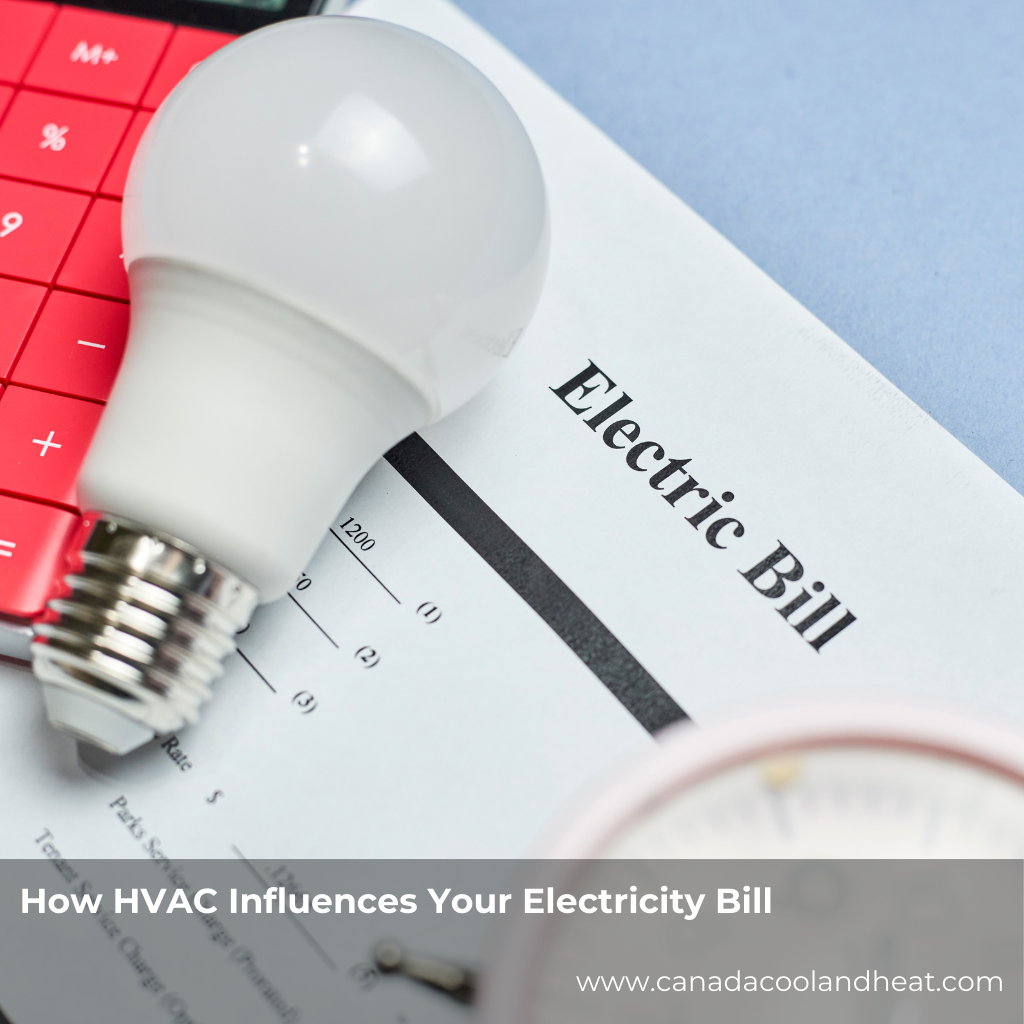Why Kitchen Ventilation Matters
Cooking is one of the most demanding activities inside a building. Every sizzling steak or simmering pot releases heat, grease particles, and moisture into the air. Without proper ventilation:
-
Air quality drops — odors, smoke, and grease linger.
-
Moisture builds up — leading to mold and comfort issues.
-
HVAC strain increases — your system must work harder to regulate indoor temperatures.
This is where vent hoods step in. But they don’t just pull out cooking fumes — they also affect the delicate balance of airflow inside your home or restaurant.
The Hidden Tug-of-War: Range Hoods vs. HVAC Systems
Here’s the challenge: range hoods are powerful. A typical residential hood may pull 150–400 cubic feet per minute (CFM) of air, while commercial systems can exceed 2000 CFM.
That air has to come from somewhere. If your HVAC system isn’t sized with the vent hood in mind, you risk:
-
Negative pressure inside the building — doors slam shut, air seeps in through cracks, and comfort drops.
-
Backdrafting of appliances — gas water heaters or furnaces may pull exhaust gases back indoors.
-
Uneven temperatures — some rooms get drafty while others feel stuffy.
In short, the vent hood and HVAC system are partners — if one is oversized or neglected, the other suffers.
Guidelines for Correct HVAC Sizing in Kitchens
So, how do you size an HVAC system correctly when vent hoods are in play? Here’s a step-by-step approach.
1. Start with the Kitchen’s Vent Hood Requirements
-
Residential kitchens: Most range hoods require 100–150 CFM per linear foot of cooktop.
-
Commercial kitchens: Sizing depends on equipment load — fryers, grills, and ovens each have specific exhaust needs.
👉 Always calculate the total exhaust load before moving to HVAC sizing.
2. Match Makeup Air with Exhaust Air
For every cubic foot of air removed, another must come in. This is called makeup air.
-
Small residential hoods (<400 CFM) may draw enough replacement air naturally.
-
Larger hoods (>400 CFM) require dedicated makeup air systems to avoid negative pressure.
3. Factor in HVAC Load Calculations
When using tools like Manual J (residential) or ASHRAE standards (commercial), add:
-
Ventilation load: Air exhausted by the hood must be replaced and conditioned.
-
Heat gain: Cooking appliances add extra internal heat.
-
Moisture load: Steam and humidity need to be removed.
4. Consider Energy Efficiency
Oversizing your HVAC system to “handle it all” may sound safe, but it wastes energy. Instead:
-
Use variable speed fans for better control.
-
Ensure ductwork is sealed and balanced.
-
Invest in energy recovery ventilators (ERVs) for makeup air in commercial kitchens.
5. Test and Balance After Installation
Even with perfect calculations, field conditions vary. Always perform an air balance test after installation to confirm:
-
Exhaust and makeup air are equal.
-
Pressure inside the building remains neutral.
-
Temperature and humidity stay within comfort ranges.
Real-Life Example
One restaurant owner installed a 2000 CFM vent hood without adjusting the HVAC. Within weeks, staff complained of drafts and smoke lingering near the grill. The problem? No makeup air system. The HVAC worked overtime but could never stabilize comfort.
After adding a dedicated 2000 CFM makeup air unit (heated in winter, cooled in summer), the balance returned. Energy bills dropped, air quality improved, and the kitchen finally felt comfortable.
This story shows why sizing an HVAC system is never “just about the square footage.” Ventilation changes everything.
Conclusion
Getting HVAC sizing right means looking beyond walls and windows. In vent hood HVAC kitchens, ventilation is a game-changer. By accounting for exhaust loads, planning for makeup air, and testing balance, you’ll ensure comfort, safety, and efficiency.
Whether you’re designing a new restaurant or upgrading a home kitchen, don’t let your vent hood pull your HVAC system out of sync. Proper planning makes the difference between a smoky, drafty space and a kitchen that truly works.
FAQs
1. Why does my kitchen feel drafty when the range hood is on?
Likely because the hood is exhausting more air than your HVAC system can replace. This creates negative pressure.
2. Do all vent hoods need makeup air?
Not always. Smaller hoods (<400 CFM) often don’t, but larger residential and most commercial systems require it.
3. How do I know if my HVAC system is properly sized for my kitchen?
A professional should perform load calculations that include exhaust, makeup air, and cooking heat.
4. Can I just install a bigger HVAC unit to handle my vent hood?
Bigger isn’t always better. Oversizing leads to inefficiency and uneven comfort. Balance and airflow matter more.
5. What happens if I don’t balance my HVAC after adding a new vent hood?
You may experience drafts, lingering smoke, higher energy bills, and even appliance backdrafting — all of which can be avoided with proper balancing.
6. How powerful should a range hood be for a home kitchen?
Typically, 100–150 CFM per linear foot of cooktop is a good rule of thumb.
7. Is makeup air heated or cooled?
Yes — in climates with extreme temperatures, makeup air should be conditioned to avoid discomfort and wasted energy.

